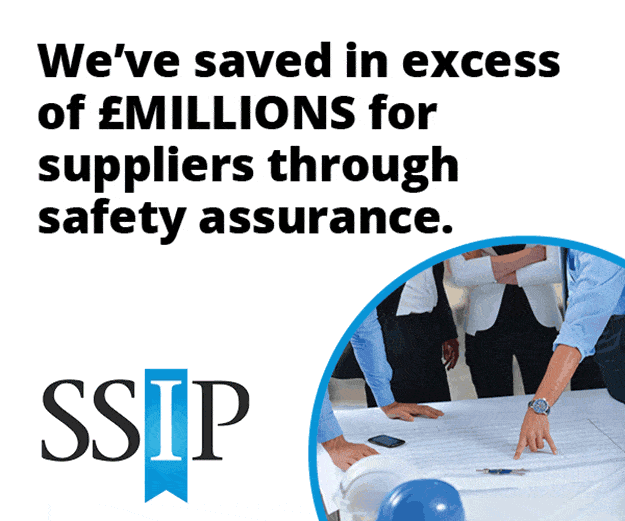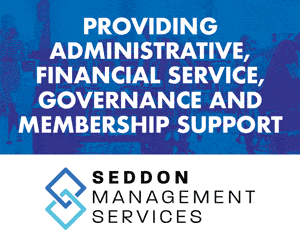By Alan Stenson, CEO of neutralcarbonzone.
In today’s era of heightened social consciousness and environmental awareness, adopting a strategic and sustainable approach has become a necessity rather than an option for businesses. Prioritising sustainability is not only a moral duty but also a strategic imperative, providing companies with a compelling reason to embrace sustainable practices. However, achieving carbon neutrality and navigating the complex landscape of carbon removal and offsetting can be daunting. In a recent study, it was found that only 20% of “sustainable” investment funds met proposed anti-greenwashing criteria, highlighting the need for a comprehensive strategy that considers every aspect of a company’s operations. In this article, we will explore practical steps that businesses can take to kick start their journey towards net-zero carbon emissions.
- Conduct a Comprehensive Carbon Footprint Assessment:
The first step towards achieving net-zero emissions is to assess your company’s carbon footprint. This involves measuring and quantifying greenhouse gas emissions from both direct and indirect sources. It is essential to calculate not only carbon dioxide (CO2) emissions but also other greenhouse gases such as methane and nitrous oxide, which are converted into CO2 equivalents. The complexity of this task necessitates a clear and defined system for calculating emissions, which typically includes electricity and gas usage, fuel consumption in company vehicles, and employee travel. Importantly, this assessment is not a one-time task but an ongoing process that requires regular updates to track progress and set emission reduction goals.
Scope 1 emissions: Direct emissions from sources owned or managed by the organisation, such as on-site burning of fossil fuels or company-owned vehicles.
Scope 2 emissions: Indirect emissions resulting from purchased heat, steam, or electricity.
Scope 3 emissions: Indirect emissions throughout the organisation’s value chain, including activities such as purchasing, business travel, employee commuting, and waste disposal.
- Set SMART Science-based Targets:
After conducting a detailed carbon footprint assessment, it is crucial to set realistic and ambitious carbon reduction goals. It is important to ensure that these targets are science-based, aligning with established guidelines and demonstrating a positive impact on the environment. The SMART method is a widely recommended approach for goal-setting:
Specific: Clearly define and target goals to provide a clear path forward.
Measurable: Establish metrics or indicators to track progress and assess achievement.
Achievable: Set realistic and attainable objectives based on available resources and limitations.
Relevant: Align goals with the company’s overarching vision and mission.
Time-bound: Set deadlines or time limits to create a sense of urgency and accountability.
- Enhance Energy Efficiency:
Lowering energy usage is a crucial component of sustainability. Conduct an energy audit to identify areas for improvement and implement energy-saving techniques such as upgrading outdated equipment and optimising lighting systems. Encourage employees to develop eco-friendly habits, such as switching off laptops and lights when not in use. Additionally, consider investing in renewable energy sources like solar panels to power your business operations.
- Optimise your Supply Chain:
Expanding sustainability efforts beyond internal operations and into the supply chain is essential for effective sustainable development. Engage with suppliers, urging them to prioritise environmentally friendly practices. Establish alliances and communication channels that support your sustainability objectives. Encourage suppliers to adopt carbon reduction techniques, such as waste reduction and energy-efficient production. Consider sustainability criteria in supplier selection processes and conduct regular audits to evaluate their environmental credentials and performance.
- Undertake Waste Management and Recycling Activities:
Implement waste reduction techniques to minimise your company’s environmental impact. Conduct waste audits to identify areas for improvement, such as packaging waste reduction and recycling programs. Encourage the use of recyclable materials and explore creative reuse and recycling options. Involve employees in waste reduction initiatives through training and education programs. Proper waste management and recycling not only contribute to your net-zero journey but also enhance your business’s reputation and cost efficiency.
- Invest in Carbon Offsetting Projects:
Explore carbon offset schemes and projects that align with your values and interests, such as community-based programs or renewable energy initiatives. Ensure these initiatives follow recognised guidelines and certifications, such as the Verified Carbon Standard (VCS) or Gold Standard. Collaborate with trustworthy carbon offset suppliers who can assist with the offsetting process and provide evidence of your offsetting efforts. Also consider investing in renewable energy systems like solar or wind power, or procuring energy from renewable tariffs to transition to sustainable energy sources.
- Involve your Employees and Stakeholders:
Effective communication with stakeholders is crucial for the success of your sustainability journey. Ensure that all stakeholders are aware of your initiatives and business decisions. Engage employees through education, public relations initiatives, and incentives for eco-friendly behaviour. Establish feedback channels to encourage staff involvement and actively engage clients, investors, and the community in sharing your sustainability activities and collecting feedback. Foster a culture of sustainability and inspire more widespread action.
- Monitor your progress and Improve:
Implement reliable monitoring and reporting mechanisms to track progress towards net-zero. Continuously measure and analyse key performance indicators related to sustainability targets, waste reduction, emissions, and energy usage. Develop a sustainability report that transparently outlines your accomplishments, challenges, and long-term goals. Share your sustainable journey with the public to inspire others and build stakeholder trust. Learn from your successes and mistakes, using insights to make better decisions in the future and shift focus to more critical targets.
By adopting a comprehensive and strategic approach to sustainability, businesses can pave the way for positive change and work towards carbon neutrality. Each step, no matter how small, contributes to a greener and more sustainable world. Remember that achieving net-zero emissions requires ongoing commitment and continuous improvement. Consider seeking assistance from platforms like Neutral Carbon Zone (NCZ), which provides carbon management and certification services and connects businesses with reliable and approved suppliers to support their decarbonisation efforts.
Want to know how NCZ can help your business? Contact us on the link below and our team will be in touch!
Take the first step towards a sustainable future by initiating your journey towards net-zero today.

























































